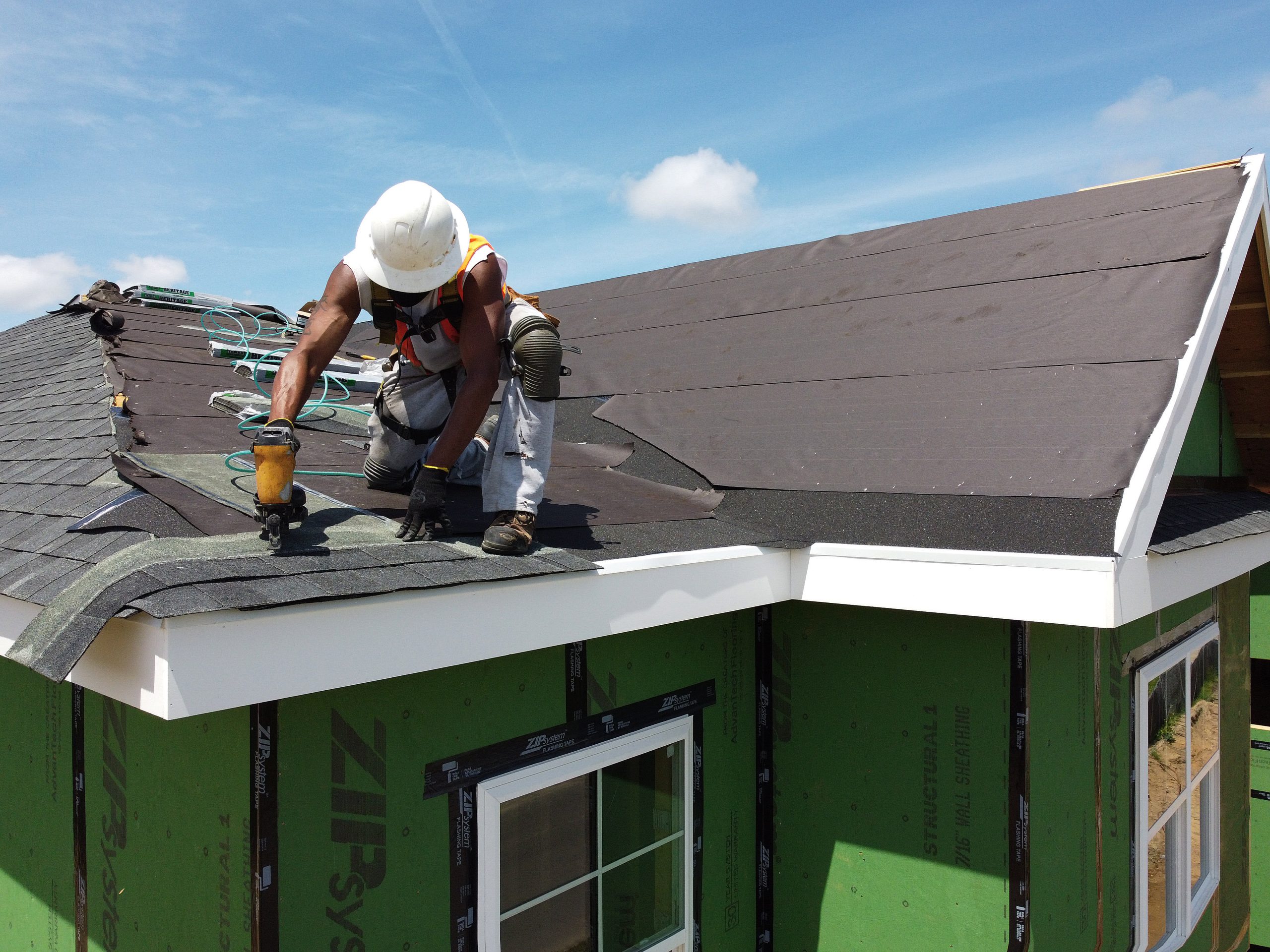To find a V-shaped recovery from the economic wreckage of the coronavirus pandemic, look to the nation’s single-family homebuilders.
Homebuilder sentiment jumped 14 points to 72 in July, according to the National Association of Home Builders/Wells Fargo Housing Market Index. That is exactly where it was in March, before the pandemic hit the U.S. economy. Anything above 50 is considered positive sentiment. The HMI plummeted to 30 in April.
“Builders are seeing strong traffic and lots of interest in new construction as existing home inventory remains lean,” said NAHB Chairman Chuck Fowke, a builder from Tampa, Florida. “Moreover, builders in the Northeast and the Midwest are benefiting from demand that was sidelined during lockdowns in the spring. Low interest rates are also fueling demand, and we expect housing to lead an overall economic recovery.”
Mortgage rates have been setting record lows almost weekly, and it is unlikely they will turn higher any time soon. That has given buyers more purchasing power, especially for newly built homes, which come at a price premium. Mortgage applications to purchase a new home were up over 50% in June annually.
Of the index’s three components, current sales conditions jumped 16 points to 79, sales expectations in the next six months rose 7 points to 75 and buyer traffic rose 15 points to 58.
Builders are clearly thrilled that demand is surging back, but they are also surprised and largely unprepared. Most builders either shut down or severely curtailed operations in March and April and are now struggling to get back up to speed. They had stopped buying land and had laid off much of their labor force. Material makers did the same, which is why builders are now facing soaring prices for lumber.
“Lumber prices are at a two-year high, and builders are reporting rising costs for other building materials while lot and skilled labor availability issues persist,” said Robert Dietz, NAHB’s chief economist. “Nonetheless, the important story of the changing geography of housing demand is benefiting new construction. New home demand is improving in lower density markets, including small metro areas, rural markets and large metro exurbs, as people seek out larger homes and anticipate more flexibility for telework in the years ahead. Flight to the suburbs is real.”
Regionally, builder sentiment in the Northeast rose 22 points to 70 and jumped 18 points to 68 in the Midwest. In the South it increased 10 points to 73 and in the West it jumped 14 points to 80.


 Signal2forex.com - Best Forex robots and signals
Signal2forex.com - Best Forex robots and signals




